Knowledge mining
Uncover latent insights from all your content.
What is knowledge mining?
Knowledge mining is an emerging discipline in artificial intelligence (AI) that uses a combination of intelligent services to quickly learn from vast amounts of information. It allows organizations to deeply understand and easily explore information, uncover hidden insights, and find relationships and patterns at scale.


Azure Kubernetes Service (AKS)
Ingest your content from Azure sources like Azure Blob storage, Azure Table storage, Azure SQL Database, and Azure Cosmos DB, as well as hundreds of third-party sources, via dedicated connectors.
Extract text-based content from file formats such as PDF, Microsoft Word, PowerPoint, and CSV. See the full list of supported formats.


Application services
Work across different document types and formats, including images, audio files, forms, web pages, and Office documents, without the cost and complexity of building and managing individual AI services.
Enrich your understanding of the content with cognitive skills, such as image classification, face recognition, language detection, and key phrase extraction. These operations let you produce new fields in your search index that are not available natively in the source.
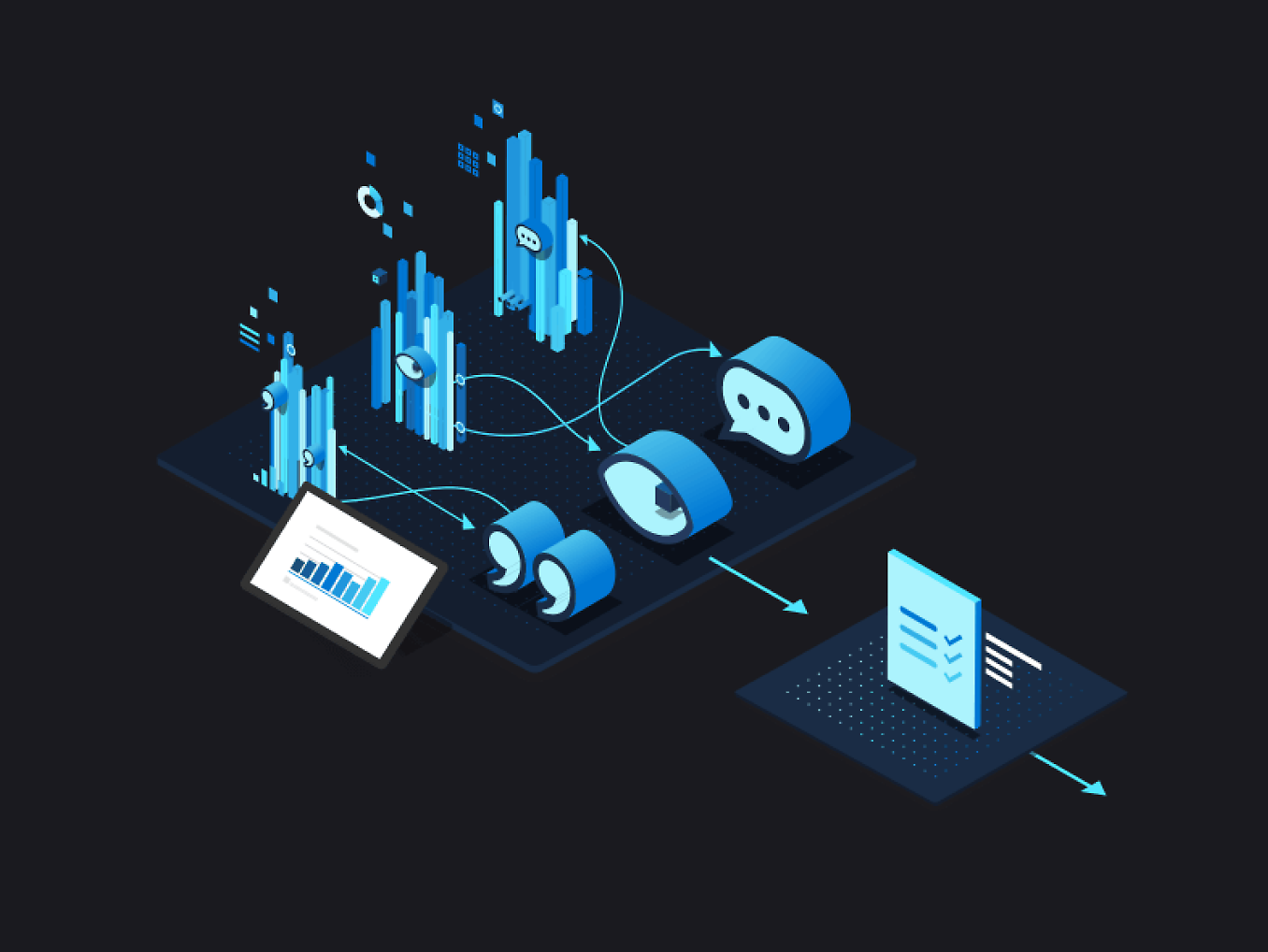

Data services
Integrate custom models or classifiers that can be built with any language or framework of your choice. Explore insights with pre-configured search, or through analytics tools and business applications.
Supplement with custom analyzers, invoke fuzzy search queries, add contextual search, or set weighted parameters for your unique scenario.
How knowledge mining works
By orchestrating various AI capabilities, knowledge mining delivers an enhanced experience that enables organizations to gain insights faster from content that would otherwise remain untapped. There are three phases to knowledge mining: ingest, enrich, and explore.
STEP 1
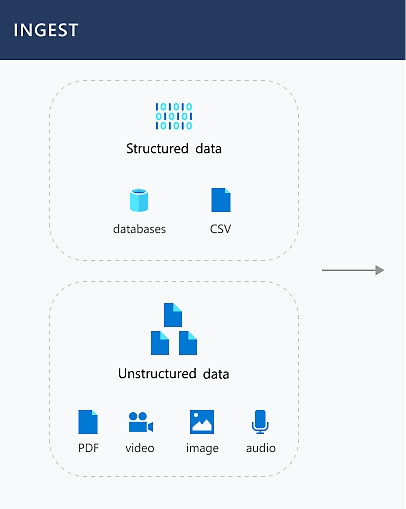
STEP 2
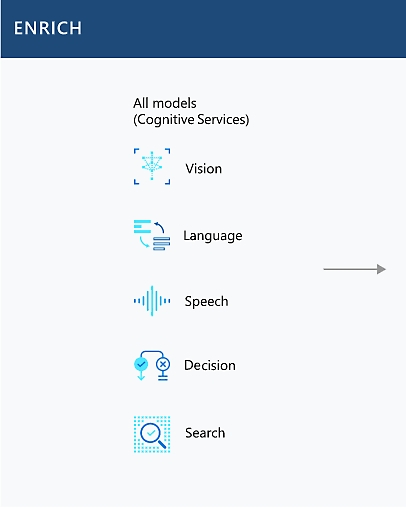
STEP 3

Learn more about knowledge mining products and services

Azure AI Search
Identify and explore relevant content with the only cloud search service with built-in AI capabilities.

Azure AI Services
Employ cognition capabilities to expand understanding across content types.

Azure Machine Learning
Apply machine learning models as custom skills for specific requirements like industry-specific regulations.

Azure AI Bot Service
Design interactive experiences that enable users to extract information from their data via bot interface.
Learn more through example solution architectures
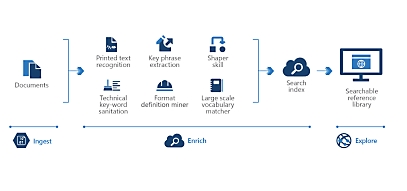
Content research
When organizations task employees to review and research of technical data, it can be tedious to read page after page of dense text. Knowledge mining helps employees quickly review these dense materials.
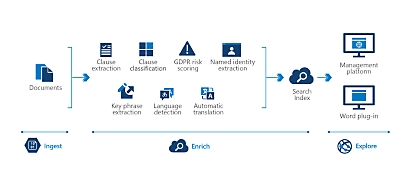
Auditing, risk, and compliance management
Developers could use knowledge mining to help attorneys quickly identify entities of importance from discovery documents and flag important ideas across documents.
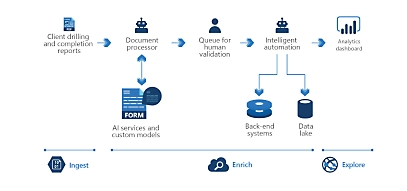
Business process management
In industries where bidding competition is fierce, or when the diagnosis of a problem must be quick or in near real-time, companies can use knowledge mining to avoid costly mistakes.
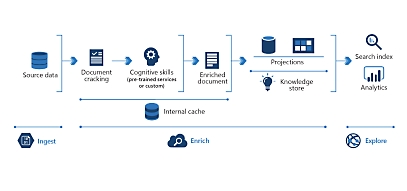
Customer support and feedback analysis
For many companies, customer support is costly and inefficient. Knowledge mining can help customer support teams quickly find the right answer for a customer inquiry or assess customer sentiment at scale.
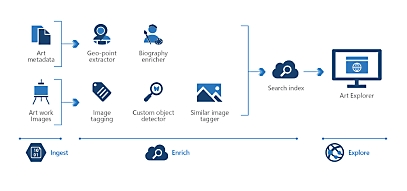
Digital asset management
Given the amount of unstructured data created daily, many companies are struggling to make use of or find information within their files. Knowledge mining through a search index makes it easy for end customers and employees to locate what they are looking for faster.
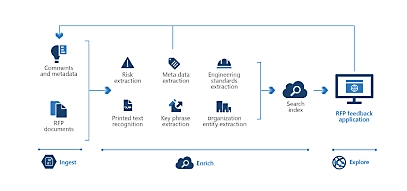
Contract management
Many companies create products for multiple sectors, hence the business opportunities with different vendors and buyers increases exponentially. Knowledge mining can help organizations to scour thousands of pages of sources to create an accurate bid.



